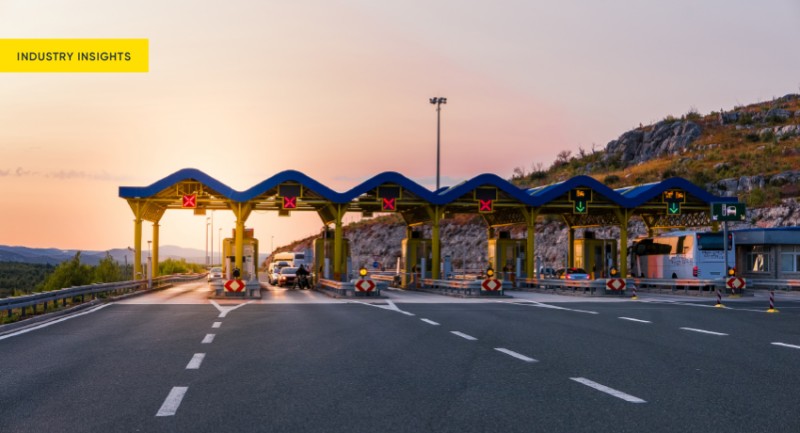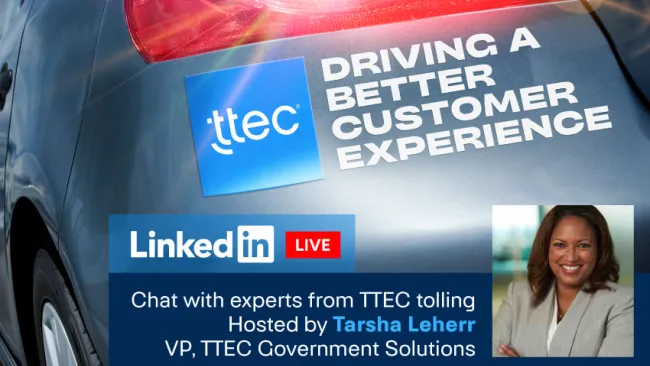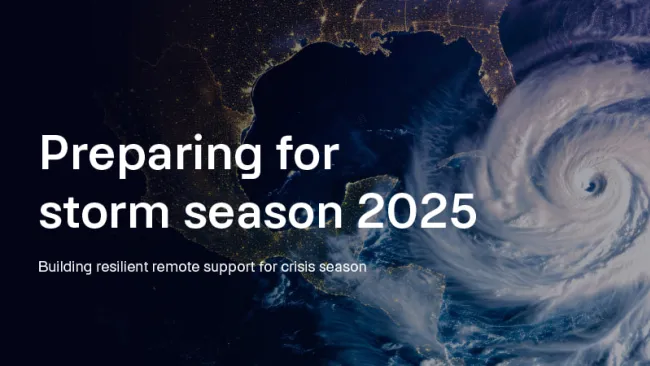After years of overuse, underinvestment, and neglect, America’s transportation infrastructure is finally getting some attention and investment. New federal legislation including the 2021 Infrastructure Investment and Jobs Act (IIJA) and the 2022 Inflation Reduction Act (IRA) represent historic investments in America’s infrastructure that create opportunities to fix what’s broken and modernize the industry.
The availability of these new financial resources offer transportation agencies an opportunity to enhance the road user experience while at the same time creates enormous pressure to spend the funds wisely. The Department of Transportation reports that in 2022 Americans cumulatively traveled nearly 3 trillion miles on America’s roads, an increase over 2021 numbers. The increased volume adds more stress to tolling agencies, which must collect tolls for every vehicle that uses its roads to adhere to its legislative bond covenants. Investment dollars are public funds, so agencies are under scrutiny to spend those dollars with as much due diligence and fiscal responsibility as possible.
At the same time, electric vehicles, smart technology, and overall digital transformation arechanging the face of the tolling and transportation ecosystem. Electronic tolls, RFID transponders, embedded vehicle technology, and increased customer expectations for a seamless, connected experience are shifting how the industry operates.
Start with a (customer journey) map
So what can agencies do to manage so many challenges? We recommend first creating a process to prioritize and focus on what an ideal end-user experience will look like, and based upon this vision, work to make enhancements at key points in the customer (road user) journey. Mapping the customer journey is the first step in developing and implementing customer experience improvements that last for the tolling and transportation industry.
Here are four tips to creating a successful CX roadmap and avoiding poor customer service in tolling:
1. Create relevant user segments
Road users are unique and should be treated differently. Understand different user groups by their needs, behavior, and value. For example, daily commuters who use transponders will have a different journey than an occasional user or frequent violator.
2. Find gaps in business processes
Even simple improvements to business processes can help to deflect calls, increase digital usage, and improve satisfaction. Here are a few examples:
- Improve website navigation to make it easier for road users to complete their transactional requests
- Hold contests with free tolls for road users that download and utilize the agency mobile application
- Implement streamlined violation payment processing – seek ways to collect toll revenue sooner, which decreases collection costs
3. Use insight to prioritize technology improvements
Not every technology enhancement is right for all agencies. Find the ones that will deliver the highest ROI based on your unique business requirements. Tap into the wisdom of your employees and your data for insight. For example:
- Hold internal monthly continuous improvement meetings with employee contests centered around applying technology to manual processes
- Invest in AI and data solutions to better understand road usage, call volume, and other transactional trends
- Invest in flexible cloud technology that can be easily modified and enhanced without disrupting the experience
4. Invest in your employees
Highly skilled, engaged employees are difference makers when it comes to great customer journeys. Invest in both technical and soft skills to create a dynamic workforce that gets results. Recommendations include:
- Continue to drive empathetic listening skills and invest in both the onsite and remote work culture to improve call interactions and lower attrition
- Cross-train employees between front office (inbound calls) and back office (image review or tolling transponder shipping)
- Challenge current management and staffing levels to lower operating costs through the suggestion of small, incremental operational improvements
These are just a few tips for agencies looking to improve experiences across the customer journey. Ultimately, the goal, through the use of technology, AI, data solutions, and tolling/transportation expertise is to create a customer experience that your road users remember as engaging, simple and easy - wherever the road takes then.
















